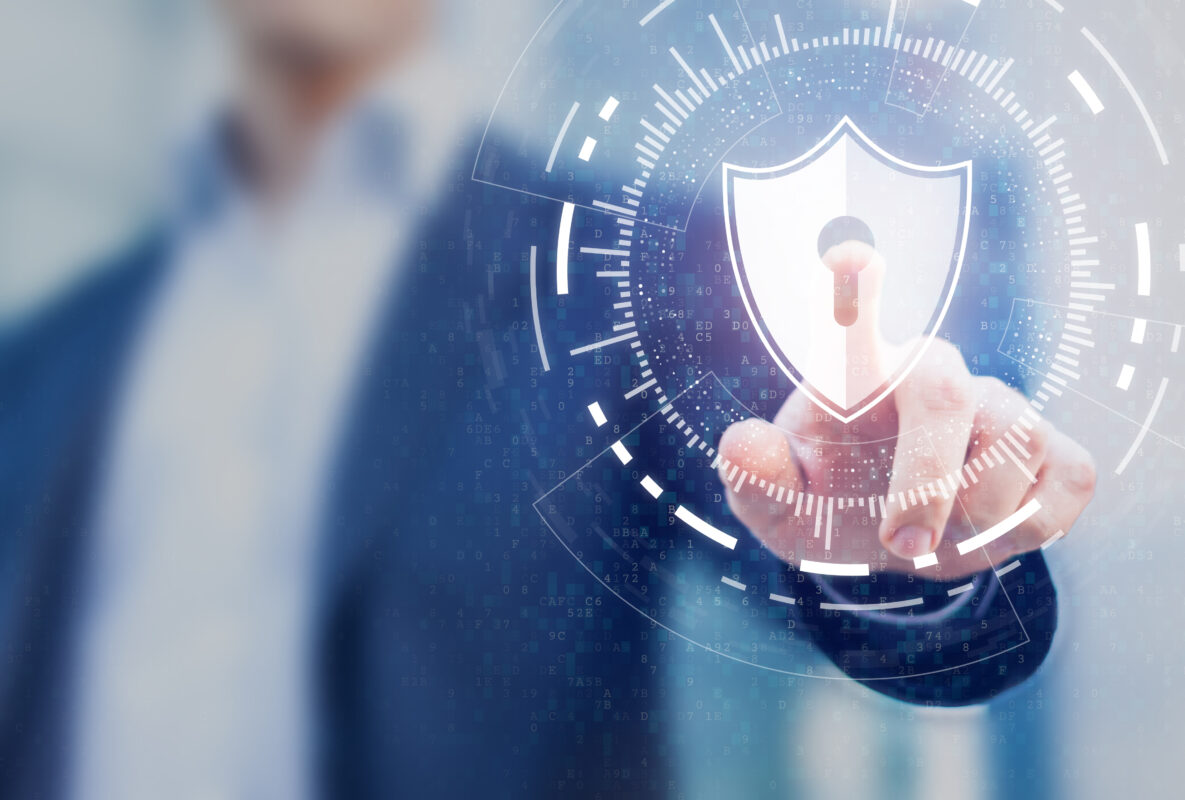
Data Encryption Best Practices
Every day, your employees access and share sensitive information across various devices and networks. And while this connectivity boosts productivity, it also exposes you to bad people with a common goal of stealing as much of your data as possible. That’s where encryption comes into play.
Imagine your data as a treasure chest hidden in a closet. You can’t just leave it there without any protection and expect it to stay safe. Encryption is the lock on that chest, and only those with the right key can access its contents.
At its core, encryption is the process of converting your data into a scrambled, unreadable format. This transformation happens using complex mathematical algorithms, rendering your information useless to anyone without the decryption key. It’s like writing a secret message in a code that only you and your intended recipient can understand.
Here’s how to ensure you’re using encryption effectively:
- Use strong, unique passwords or passphrases for encryption keys.
- Implement a robust key management system to protect encryption keys from theft or loss.
- Keep your encryption software and systems up to date with the latest security patches to avoid vulnerabilities.
- Ensure that your employees understand the importance of encryption and how to use it properly. Conduct regular security awareness training.
- Protect devices that contain encrypted data physically, such as laptops and servers, by implementing access controls and locks.
- Don’t forget to encrypt your backups. If your primary data is protected but your backups are not, you’re still at risk.
- Regularly test your encryption mechanisms and conduct security audits to identify and address vulnerabilities.
While encryption is crucial for data security, it’s essential to strike a balance between security and usability. Overly complex encryption processes can hinder productivity and frustrate employees. Finding the right tools and workflows that provide robust security without becoming a burden is key.
As with a lot of cybersecurity, encryption is not a one-and-done task. It’s an ongoing process that requires vigilance and adaptation. If it’s something that needs attention in your business, let us help you get it right the first time. Get in touch.
Information used in this article was provided by our partners at MSP Marketing Edge.